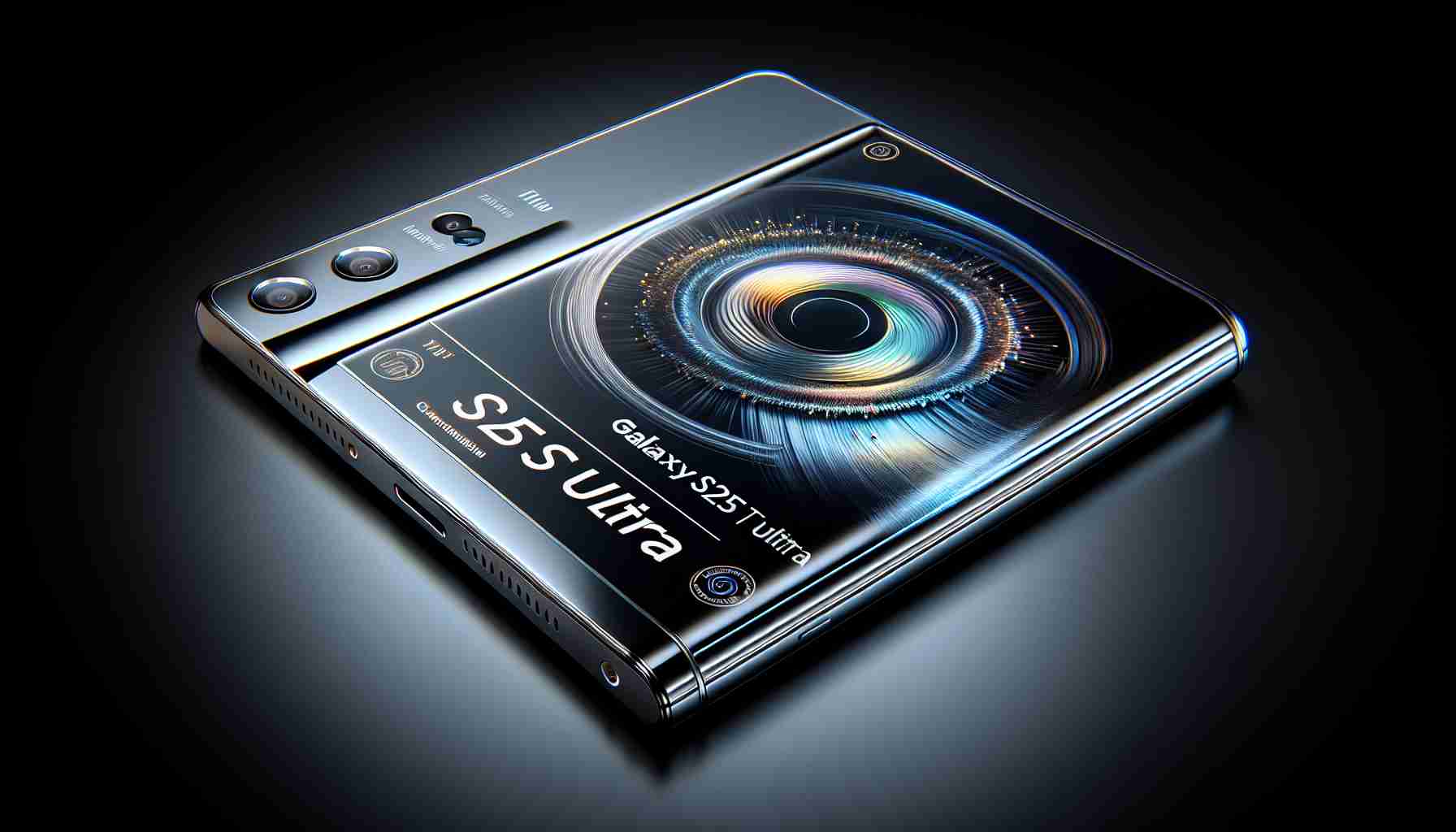The Evolution of Samsung’s Flagship Construction
In the world of smartphones, durability often goes hand-in-hand with premium build quality. Samsung’s Galaxy S24 Ultra has set a new standard with its titanium frame, and it appears the tech giant is not deviating from this path for its next flagship. The use of titanium not only gives these devices a fortified exterior but also strikes a balance between strength and elegance.
Galaxy S25 Ultra: Poised to Maintain the Robust Legacy
Leaks suggest that the Galaxy S25 Ultra may continue the tradition by embracing Grade 2 titanium for its frame, praised for its enhanced bonding capabilities. This aligns with Samsung’s commitment to producing devices that are resilient yet sleek. Consequently, fans of the brand can expect a consistent level of robustness in the upcoming release.
The chatter around the material choice has included the possibility of Grade 3 titanium, which is less common and offers a step up in terms of strength and corrosion resistance, though it is more challenging to work with. The exact specifications remain speculative, with the launch still months away.
Rival Materials in the Smartphone Arena
Comparatively, competitors like Apple have opted for Grade 5 titanium in their high-end models, incorporating additional elements like aluminum and vanadium. This suggests a divergent approach to material purity and design philosophies.
Samsung’s established reputation for manufacturing ‘tank-like’ smartphones suggests that, regardless of the final material choice, the Galaxy S25 Ultra will uphold the brand’s legacy. Fans and tech enthusiasts alike eagerly await to see how Samsung will once again define resilience and design in the next generation of its Ultra series.
Questions and Answers
What is Grade 2 titanium, and why is it important for smartphones?
Grade 2 titanium is commercially pure titanium that offers an excellent balance of strength, ductility, and corrosion resistance. It’s important for smartphones because it provides a durable yet lightweight frame that enhances the longevity and premium feel of the device.
How does Grade 3 titanium differ from Grade 2?
Grade 3 titanium has higher strength and better corrosion resistance compared to Grade 2 but is more difficult to manufacture. This can make it more expensive and challenging to use in mass production of smartphones.
What are the key challenges associated with using titanium in smartphones?
The challenges include the cost, as titanium is more expensive than materials like aluminum or plastic. Machining and manufacturing with titanium can also be more complicated due to its toughness and the specialized processes required to handle it.
Are there controversies related to the use of titanium in consumer electronics?
While not directly controversial, the environmental impact of mining and processing titanium can be a concern. Additionally, the increased cost may raise questions about the necessity and consumer value of using such premium materials in smartphones.
Advantages and Disadvantages of Using Titanium in Smartphones
Advantages:
– Strength and Durability: Titanium offers superior strength and resistance to bending or deformation, which can protect the smartphone from physical damage.
– Corrosion Resistance: It is highly resistant to corrosion from sweat, moisture, and environmental factors, contributing to the device’s longevity.
– Lightweight: Despite its strength, titanium is lighter than many other metals, which helps keep the device’s weight down.
– Premium Aesthetics: The use of titanium can convey a sense of premium quality and luxurious design.
Disadvantages:
– Cost: Titanium is more expensive to source and process than other common materials, which can drive up the cost of the device.
– Manufacturing Complexity: Working with titanium can require specialized equipment and processes, increasing manufacturing complexity and time.
– Wireless Signal Interference: Metal cases, including titanium, can potentially interfere with wireless signal transmission, though manufacturers often implement design solutions to mitigate this.
Given the context of the article, you can visit Samsung’s official website to explore their products and announcements: Samsung Official Website.
Please note that the actual release of the Galaxy S25 Ultra could include different decisions or advancements not covered in the article as the details are speculative and based on leaks.
